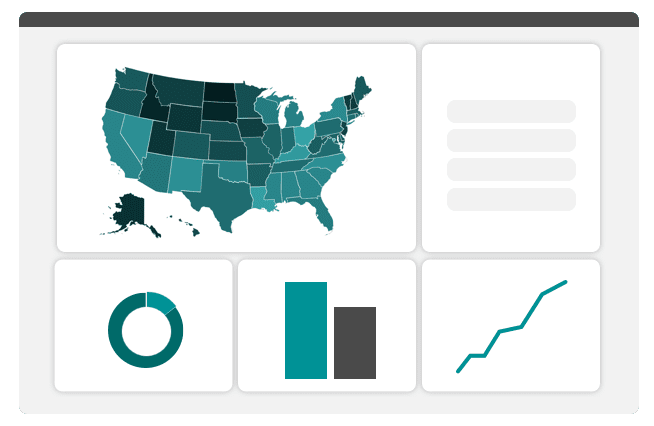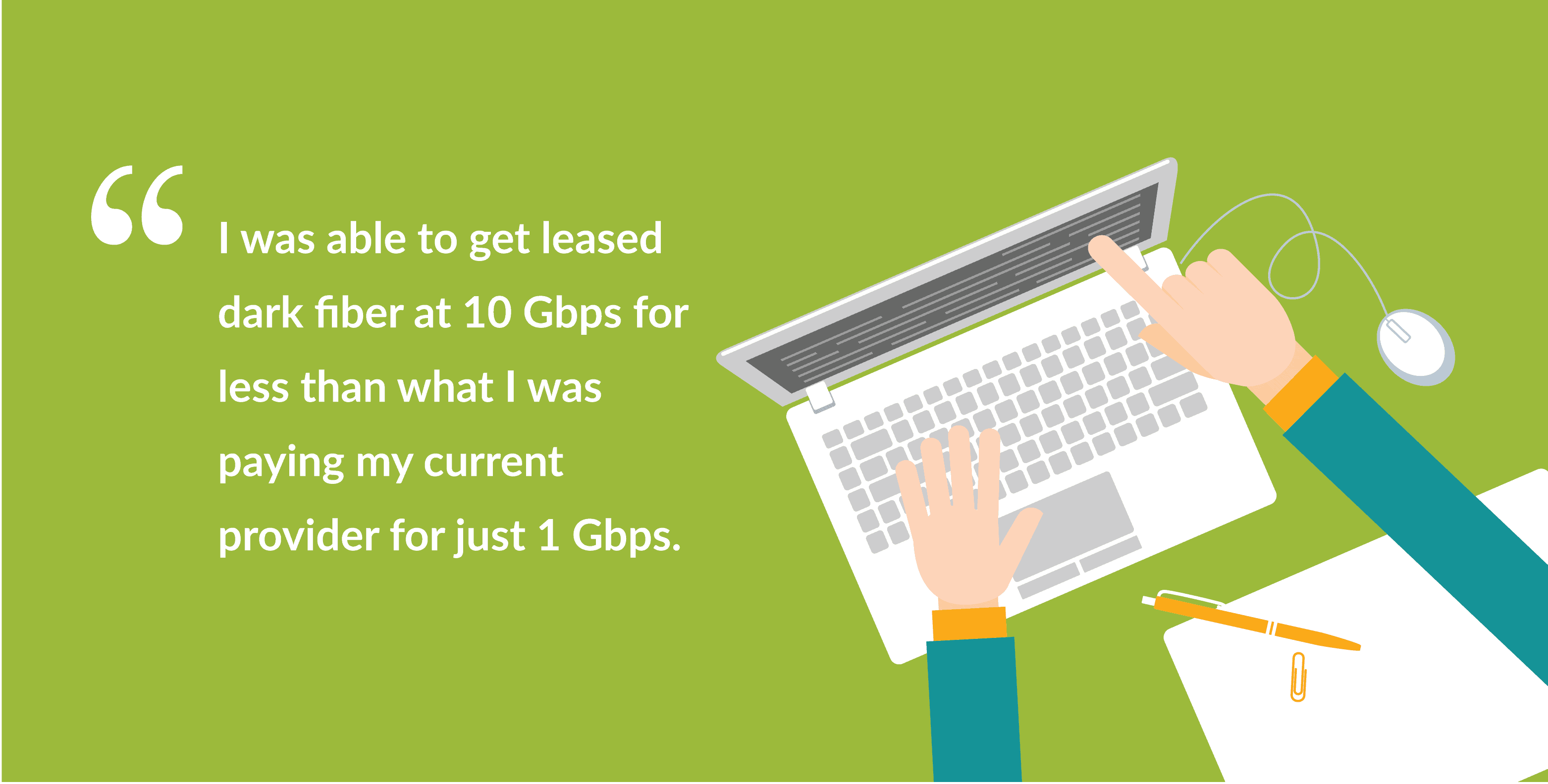In the greater Chicago area, Township High School District 214 is primed for innovation in teaching and learning. The district’s Director of Technology Services, Keith Bockwoldt, has spent the last several years ensuring that his teachers have the tools and resources they need to help all students take advantage of digital learning opportunities. Hoping to bolster connectivity in his schools, Bockwoldt recently led the district broadband network upgrade to 10 Gbps of Internet Access, thereby preventing network bottlenecks from creating disruptions during the school day.
Bockwoldt is quick to point out that the process of upgrading was highly collaborative, and support from teachers and students across the district was critical to help solve the problem. When the prospect of upgrading their network came into focus several years ago, “it was really teacher-focused and teacher-led, and they chose iPads as the device of choice. I saw the need to start paying attention to a cloud-based curriculum as we moved towards 1:1 devices.” Bockwoldt then proactively reached out to his student population to weigh in on technology choices, bringing together an advisory group of 400 students to share feedback. What he learned from these sessions sometimes surprised him: “the students even told me they preferred their textbooks digitally – they’re now so used to technology and the flexibility it provides to them.”
Armed with a wealth of information from his teachers and students, Bockwoldt realized that fiber network connections would be the best option for Township High School District, providing the bandwidth and scalability his schools needed. During the E-rate window, the district released a Request for Proposal (RFP) for three fiber-based technology options: lit, leased dark, and self-provisioned. Bockwoldt points out that after the provider bid responses came in, he learned that the district would be “able to get leased dark fiber at 10 Gbps for less than what I was paying my current provider for just 1 Gbps.” The district’s leadership team emphasizes the need to investigate all possible technology options – despite the investment in time and effort required for this thorough research, Bockwoldt knew that the district would reap benefits from cost savings and robust improvements to their infrastructure.
As a result of their fiber upgrade, the district’s network is now able to accommodate over thirty-five thousand devices accessing the Internet at one time, and the impact on the classroom has been significant. As Bockwoldt notes, “what I’ve see in our case is the transformation of instruction that takes place with technology. I get really excited to go into classrooms and meet with the kids, and see that they’re pairing their iPads with the board and suddenly it becomes an interactive whiteboard.” The district can now move forward with a focus on the limitless potential of their digital curriculum options, without having to worry about their connectivity.






